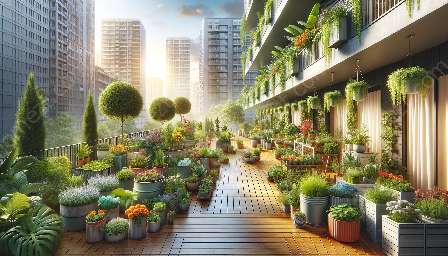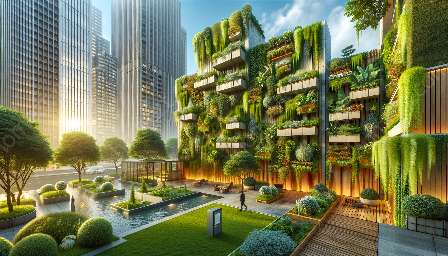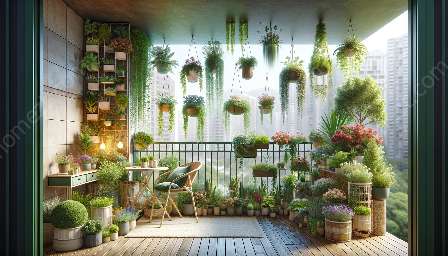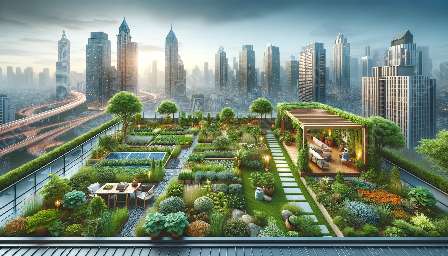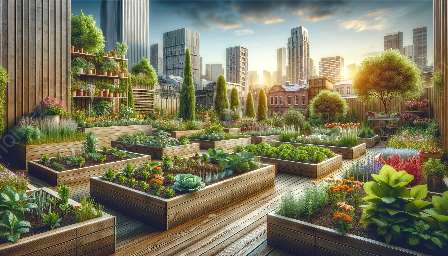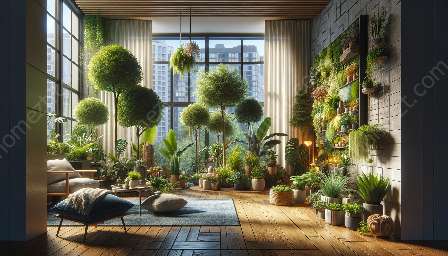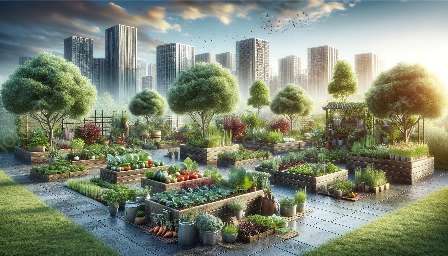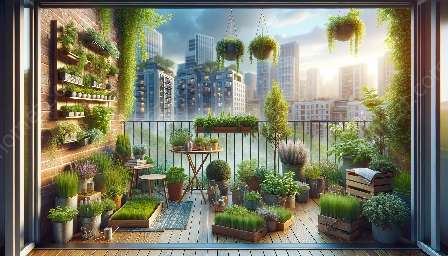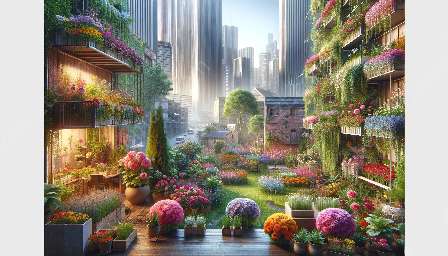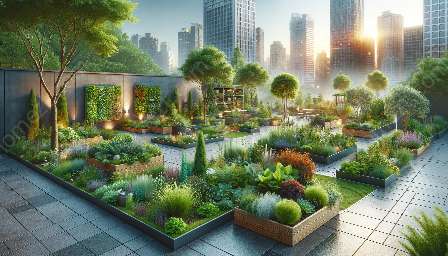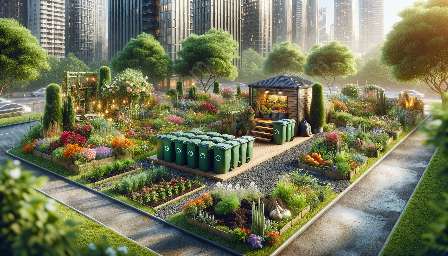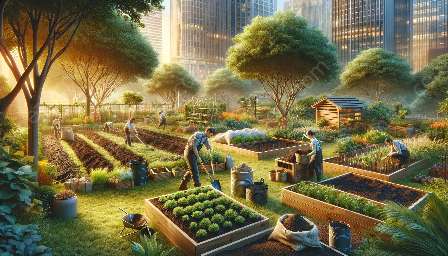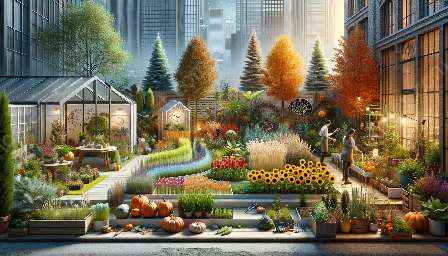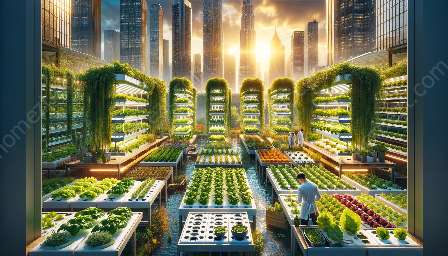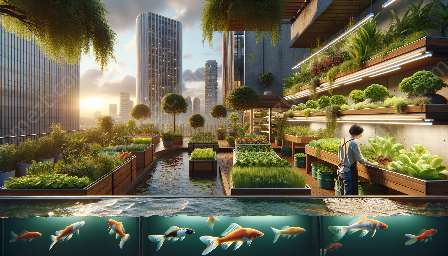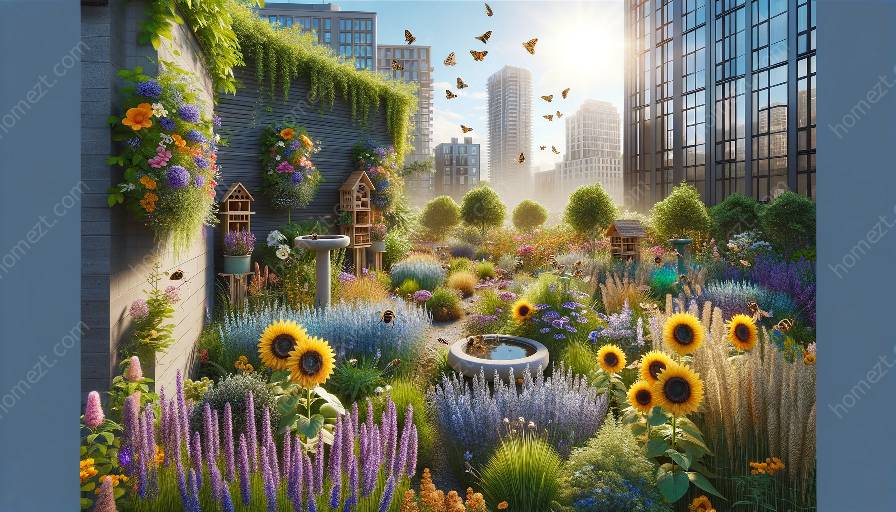Do you want to enhance the beauty of your urban garden while helping the environment? Then pollinator gardening is the way to go!
When it comes to gardening and landscaping, creating a space that not only flourishes but also supports local ecosystems is essential. Pollinator gardening is an increasingly popular and crucial aspect of urban gardening, promoting biodiversity and ensuring the survival of important pollinating insects such as bees and butterflies.
The Importance of Pollinator Gardening
Pollinators play a vital role in the ecosystem, contributing to the reproduction of various plants and flowers. Without these pollinators, many of our favorite fruits and vegetables would not exist, making their preservation essential for the environment and agriculture.
By incorporating pollinator-friendly plants in your urban garden, you can help support declining pollinator populations and contribute to a healthier and more sustainable environment.
Creating a Thriving Pollinator Garden
When designing a pollinator garden, it's important to choose a variety of native plants that provide food in the form of nectar and pollen throughout the growing season. Selecting a diverse range of flowering plants will attract a variety of pollinators, from bees and butterflies to hummingbirds.
Consider incorporating flowering trees, shrubs, and perennial flowers to provide continuous blooms. Additionally, providing a water source such as a shallow dish or birdbath can further enhance the attractiveness of your garden to pollinators.
Compatibility with Urban Gardening
Pollinator gardening is perfectly compatible with the principles of urban gardening. Whether you have a small balcony, rooftop, or backyard, there are numerous ways to incorporate pollinator-friendly plants into your urban landscape.
Vertical gardening, container gardening, and rooftop gardens are all ideal for creating pollinator habitats in urban settings. With thoughtful planning and creativity, you can make the most of limited space and promote pollinator health in urban environments.
Importance of Landscaping for Pollinators
Integrating pollinator-friendly landscaping practices into urban areas can have a significant impact on local ecosystems. Choosing native plants, reducing pesticide use, and creating habitat features such as nesting sites for bees and butterflies can contribute to a thriving pollinator population.
By focusing on sustainable landscaping techniques and incorporating pollinator-friendly design elements, such as meadows, hedgerows, and wildflower strips, urban spaces can become essential havens for pollinators.
Get Started with Pollinator Gardening
If you're eager to start your own pollinator garden, commit to creating a welcoming environment for these essential creatures. Begin by researching native plants, understanding the needs of different pollinators, and considering the layout and design of your urban garden.
By fostering a pollinator-friendly habitat in your urban garden, you can contribute to the conservation of vital species and create a healthier and more vibrant environment for yourself and your community.

